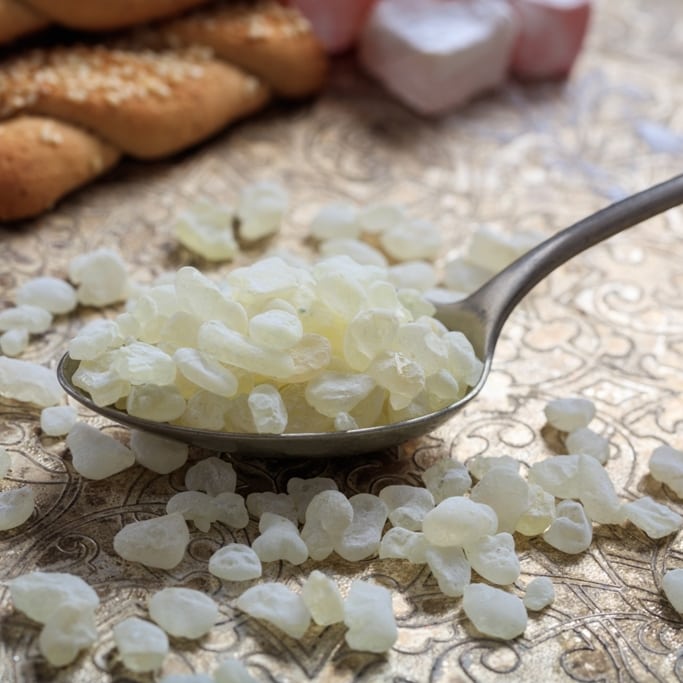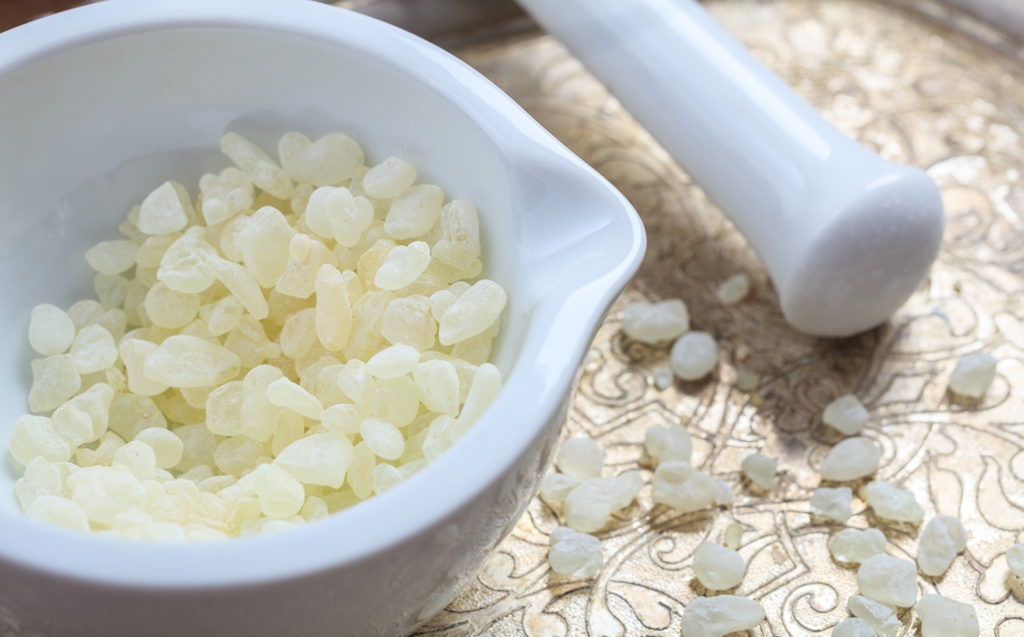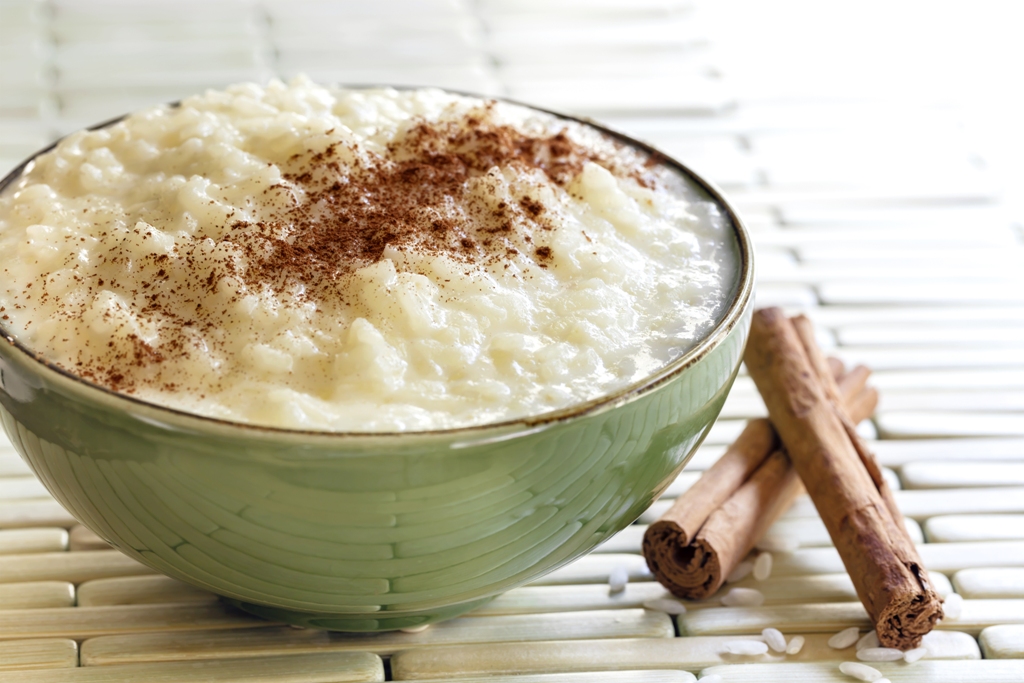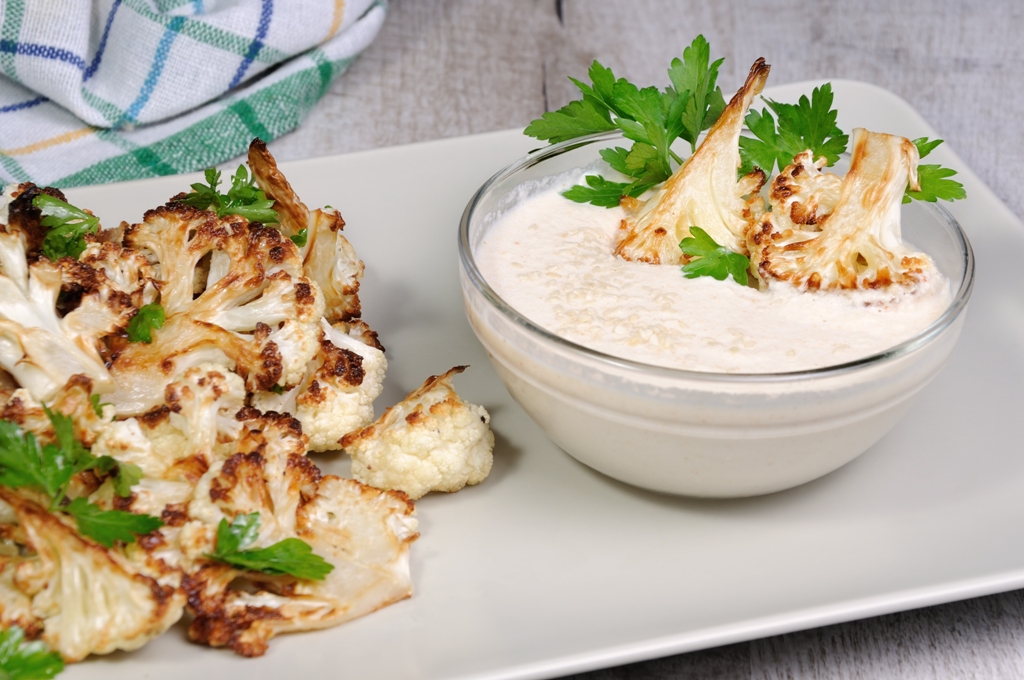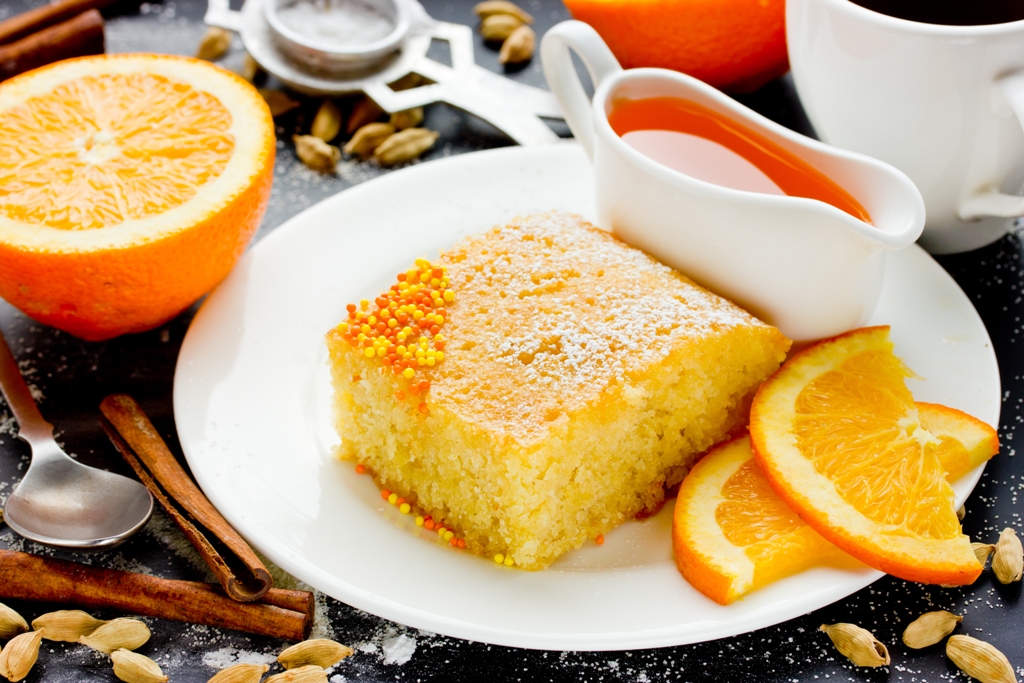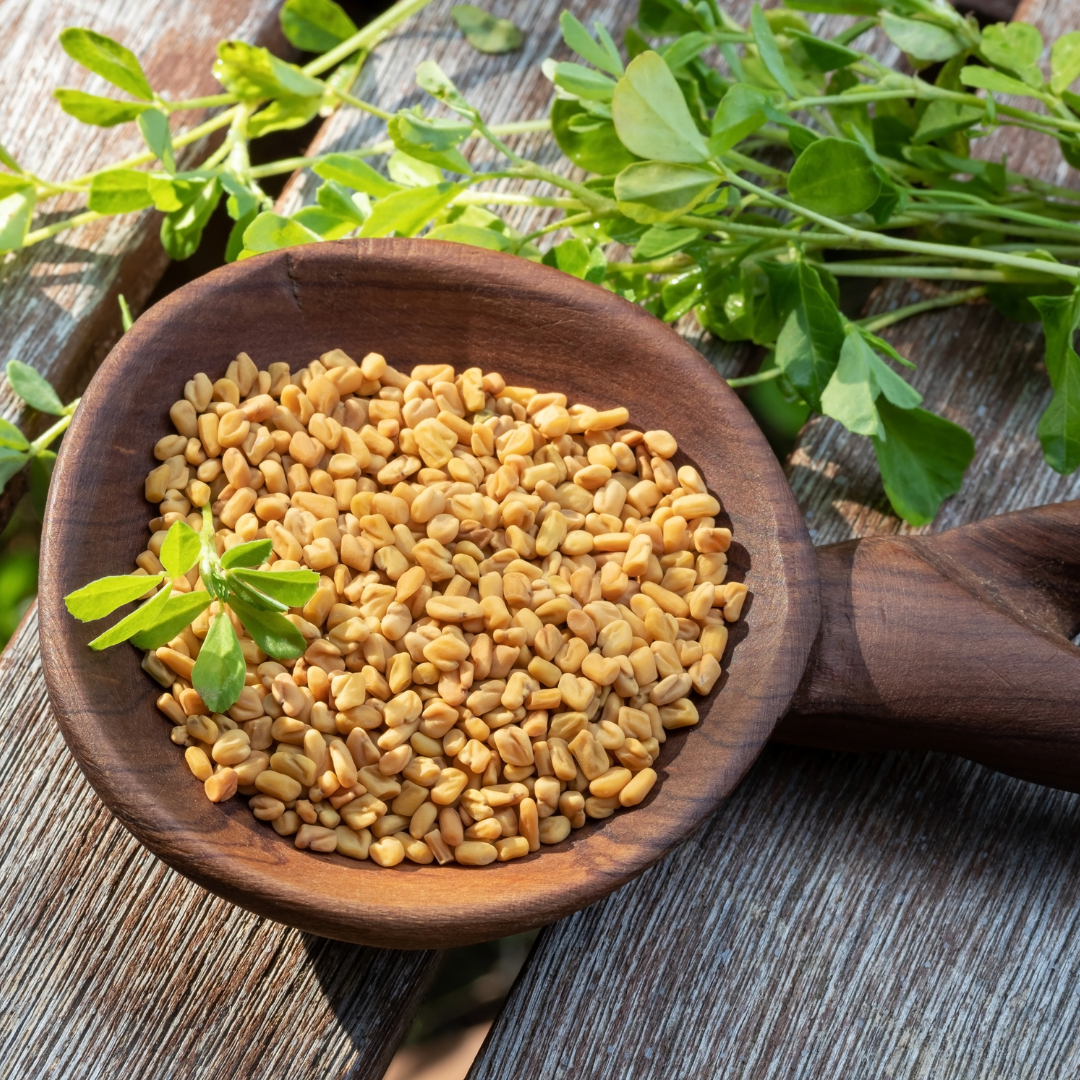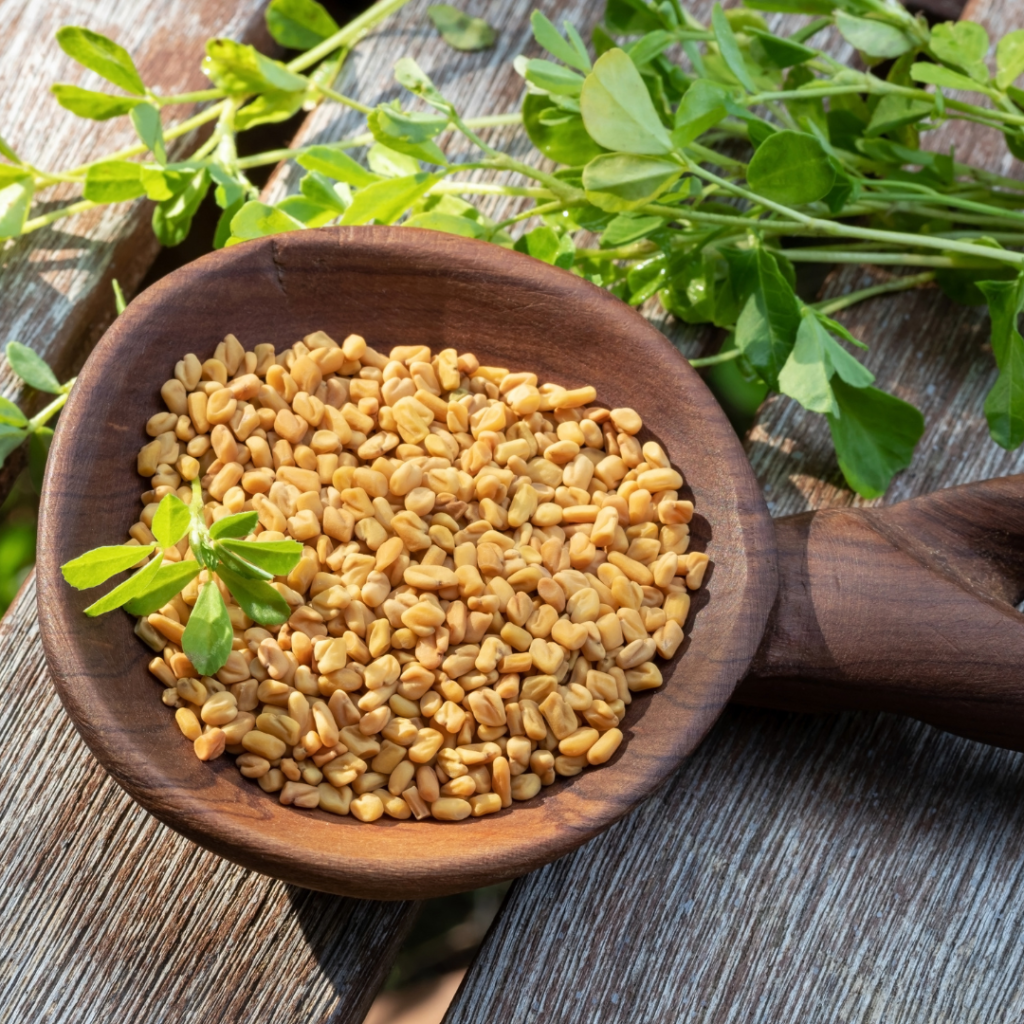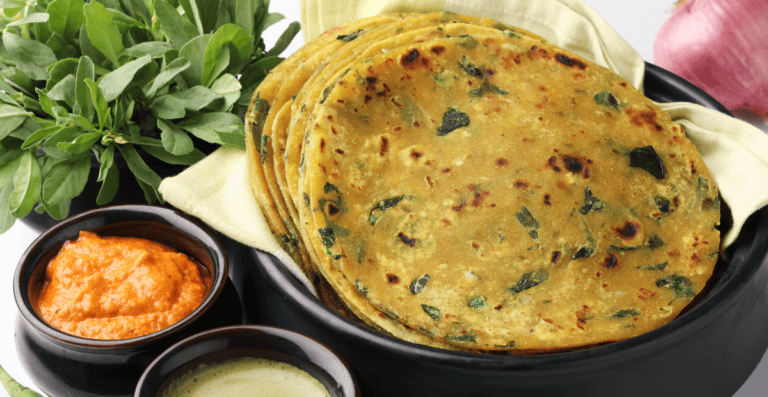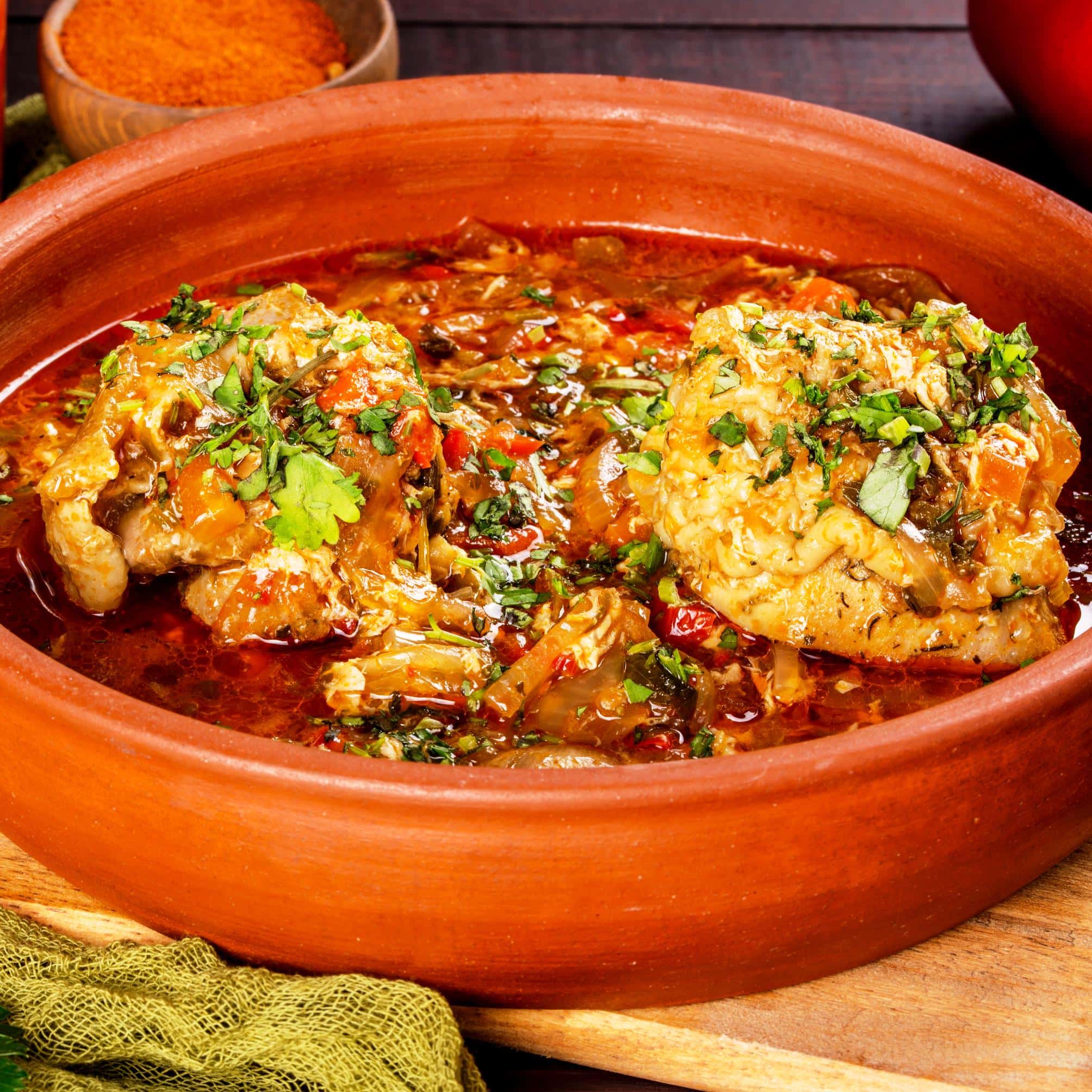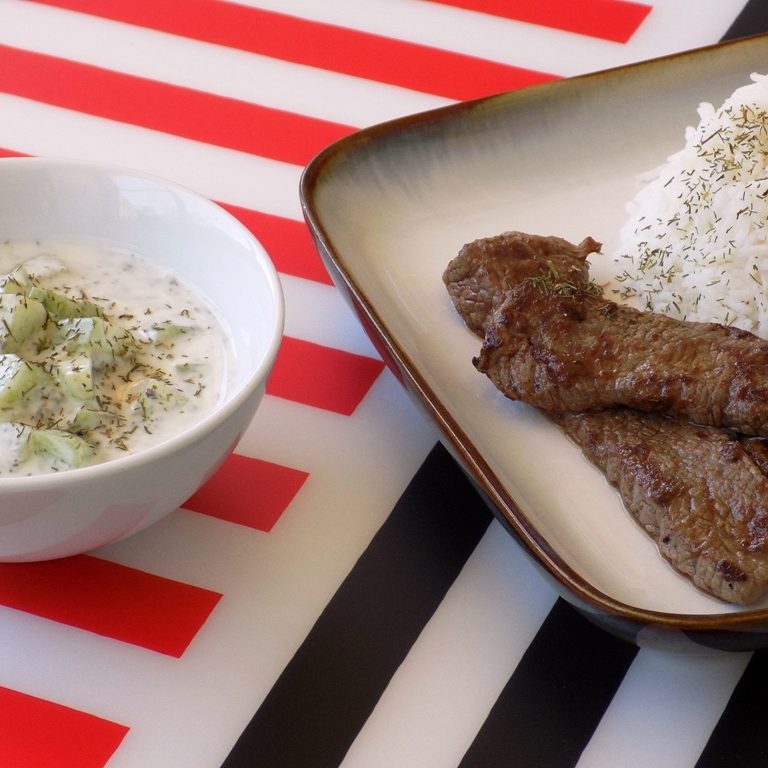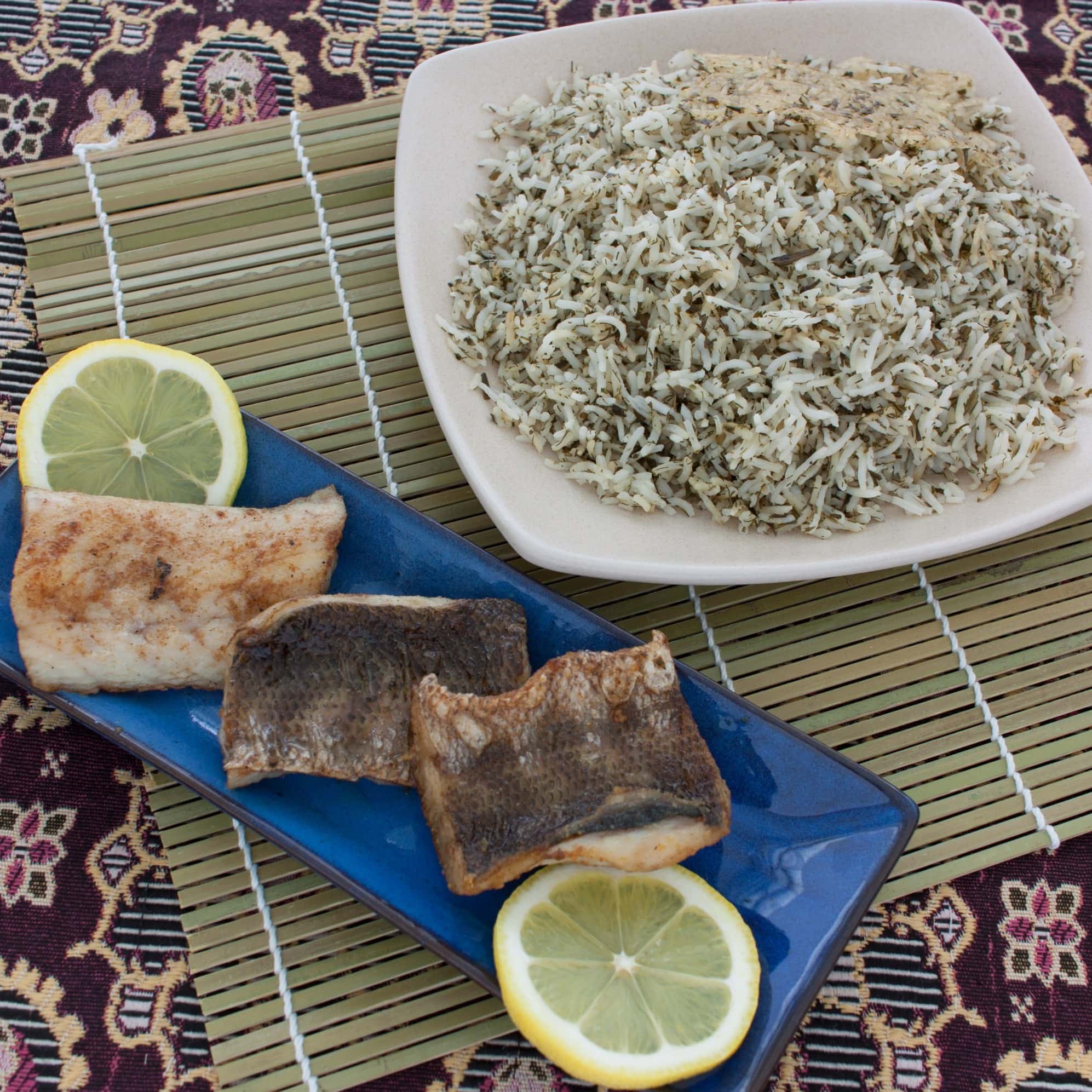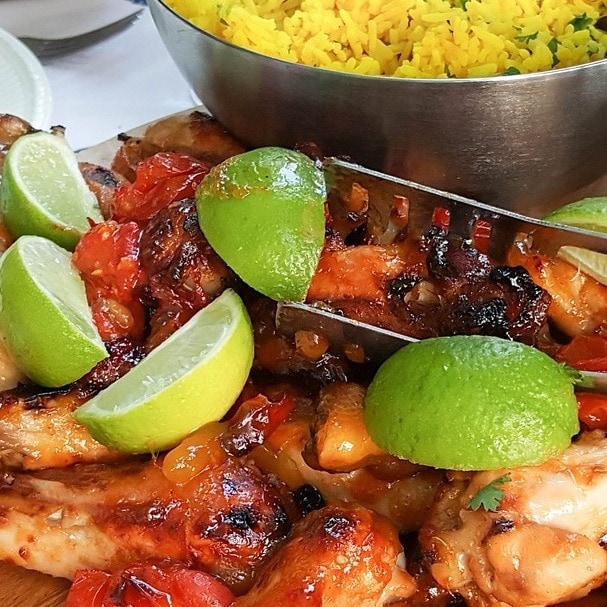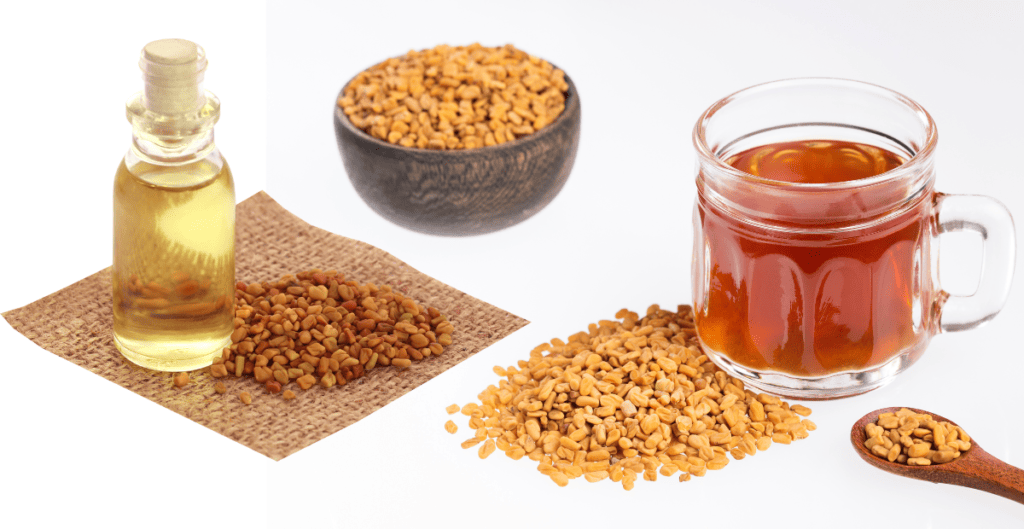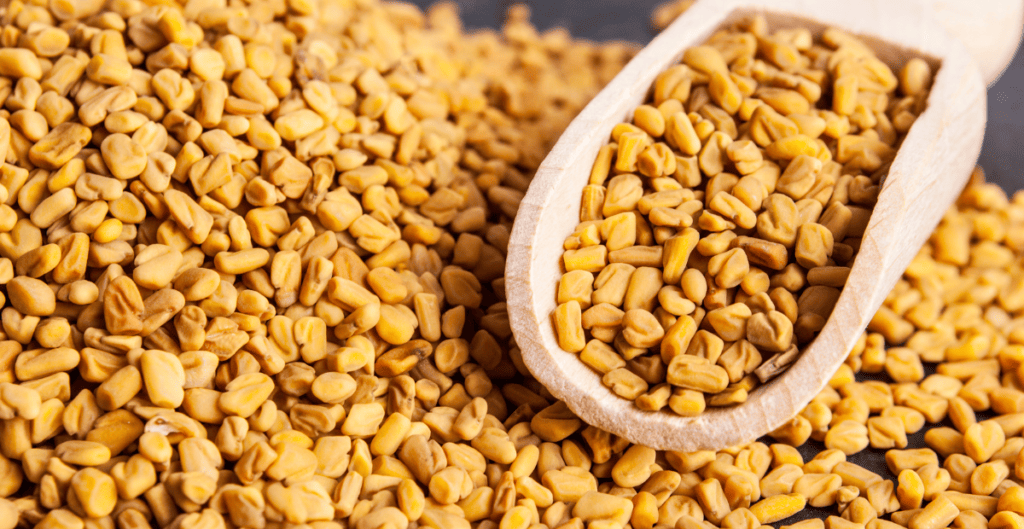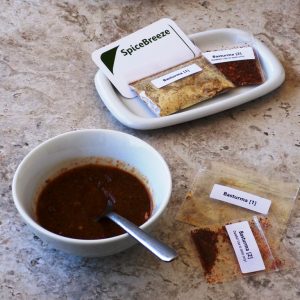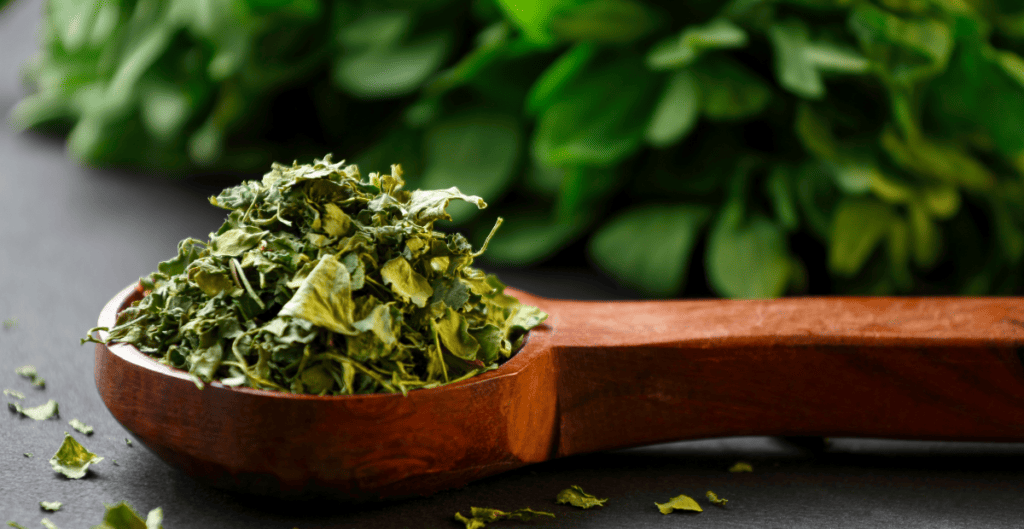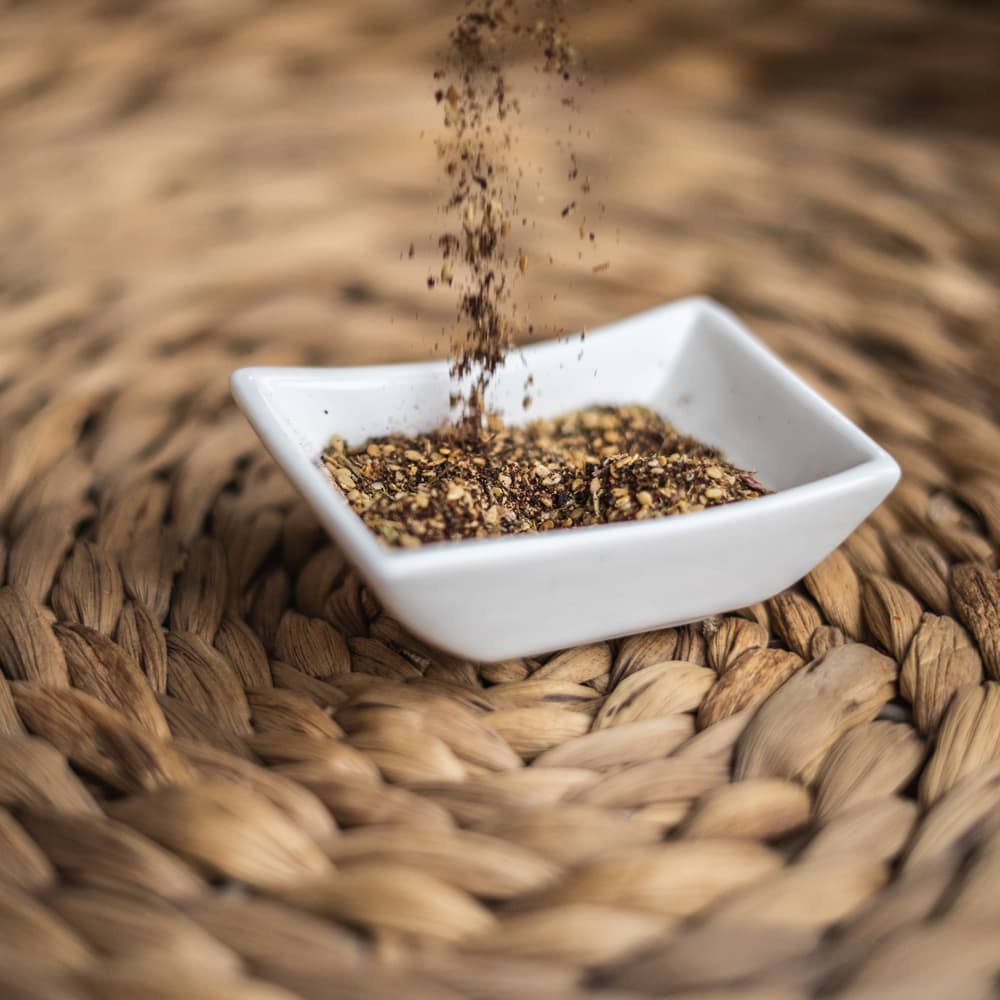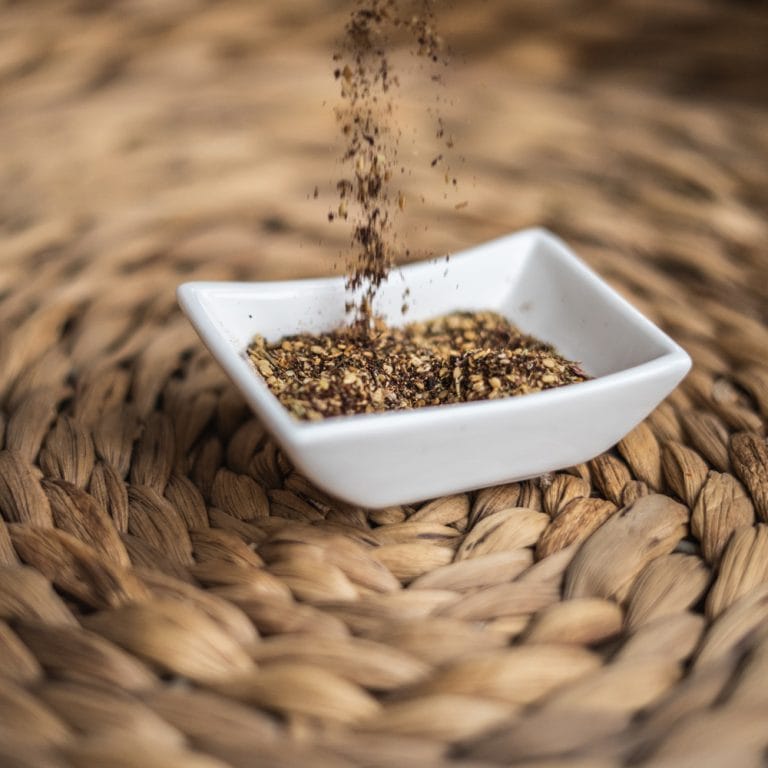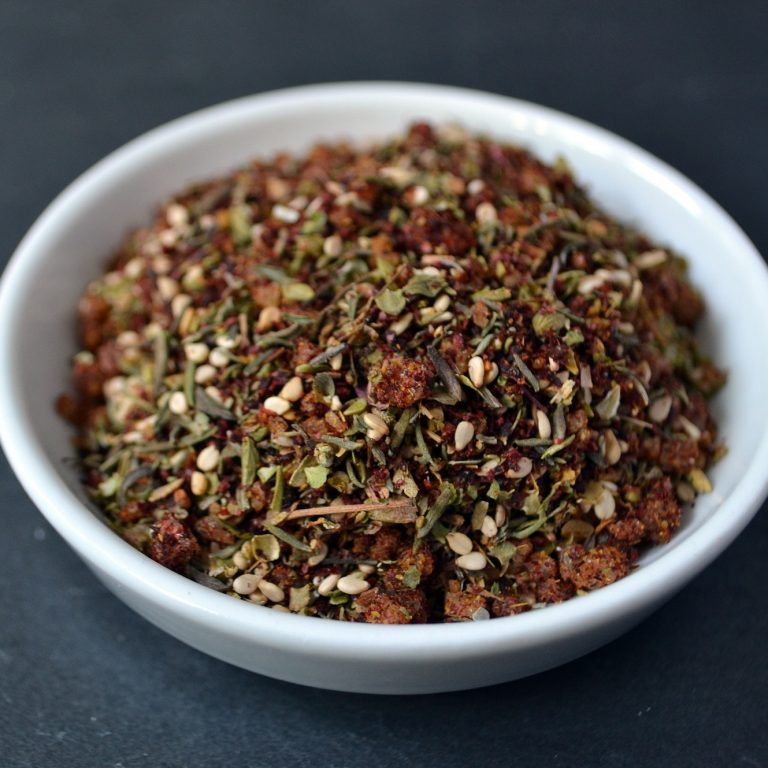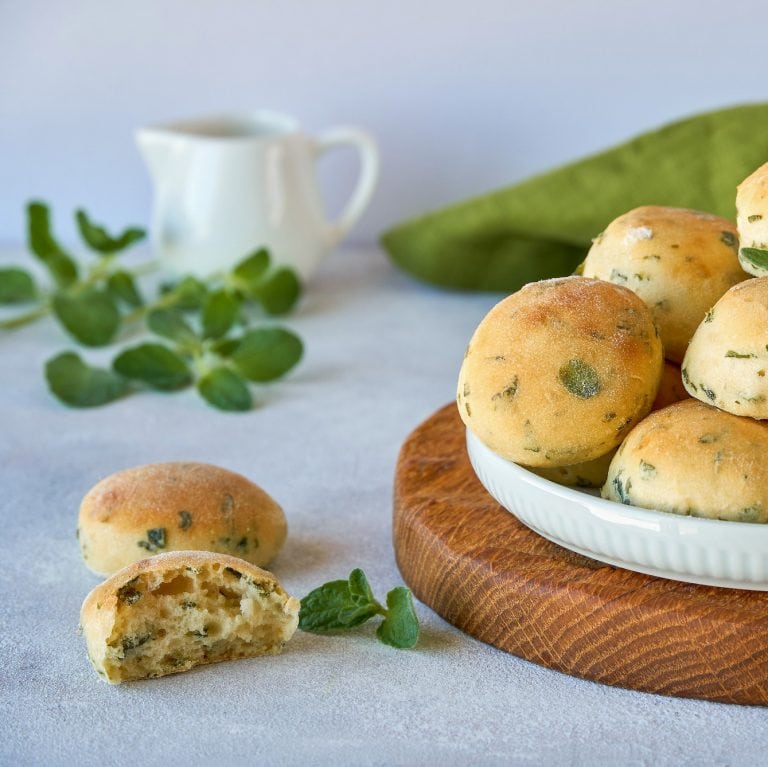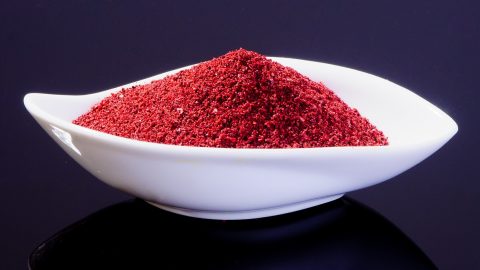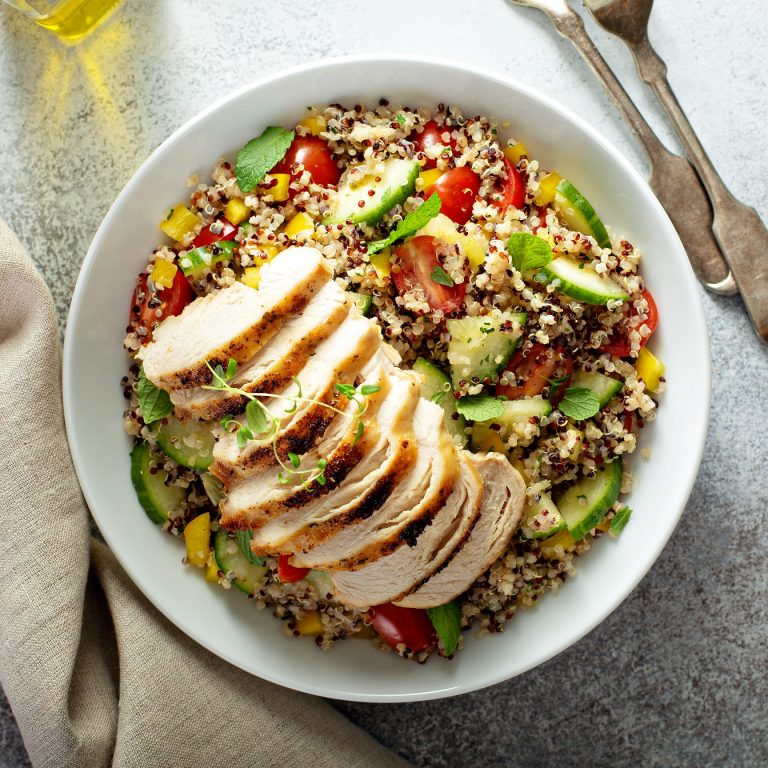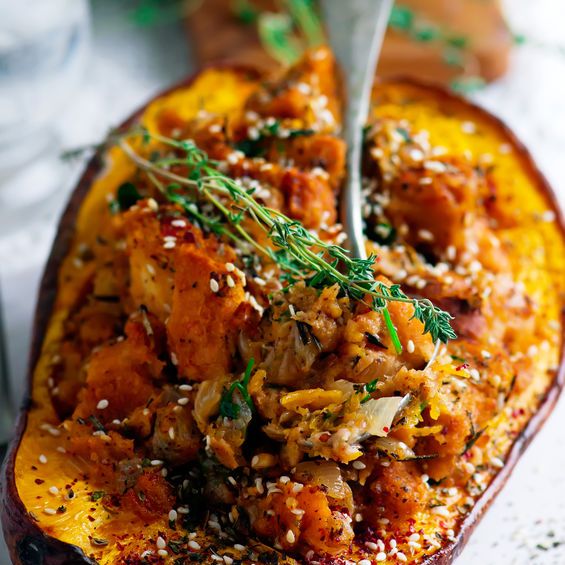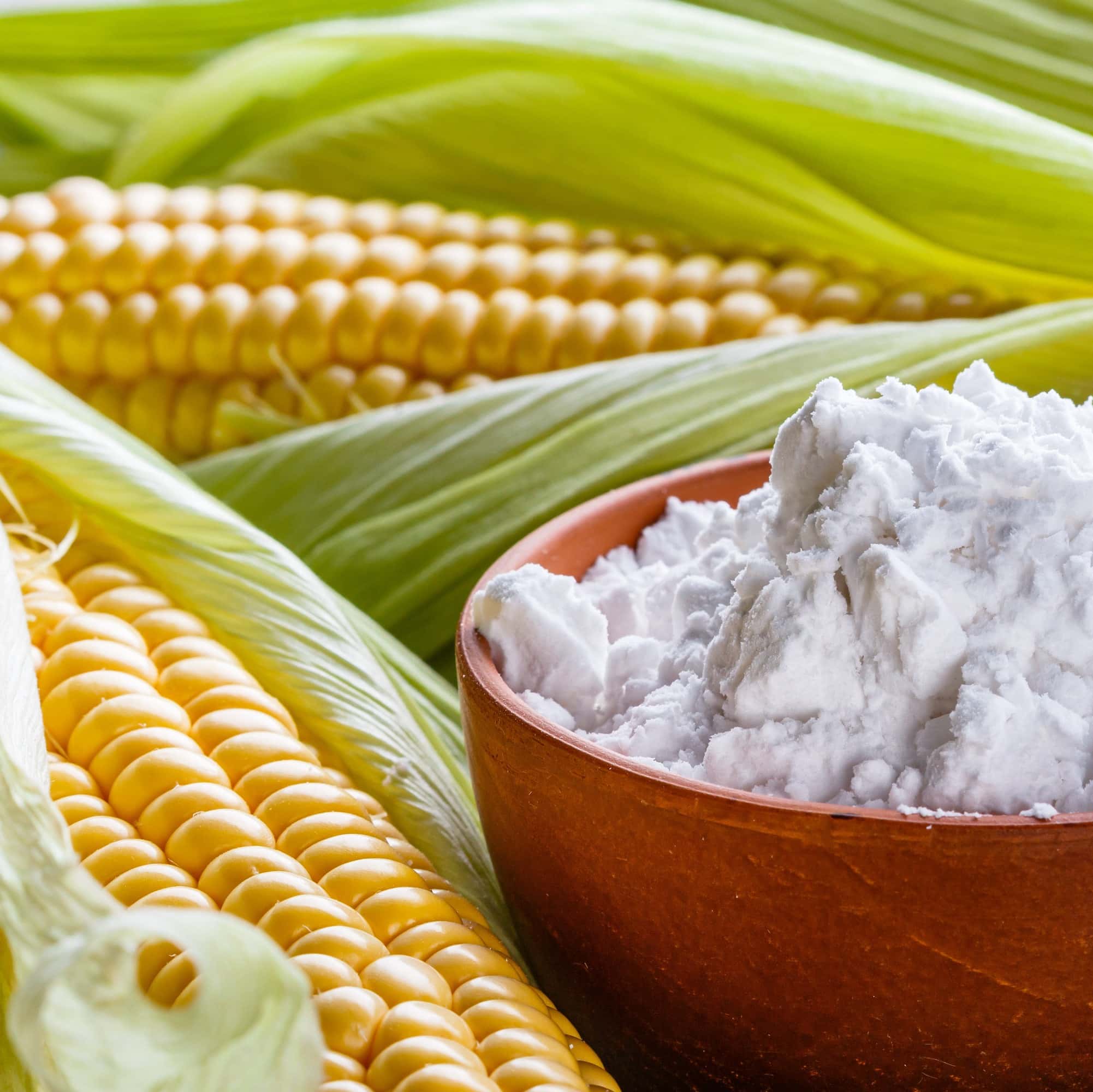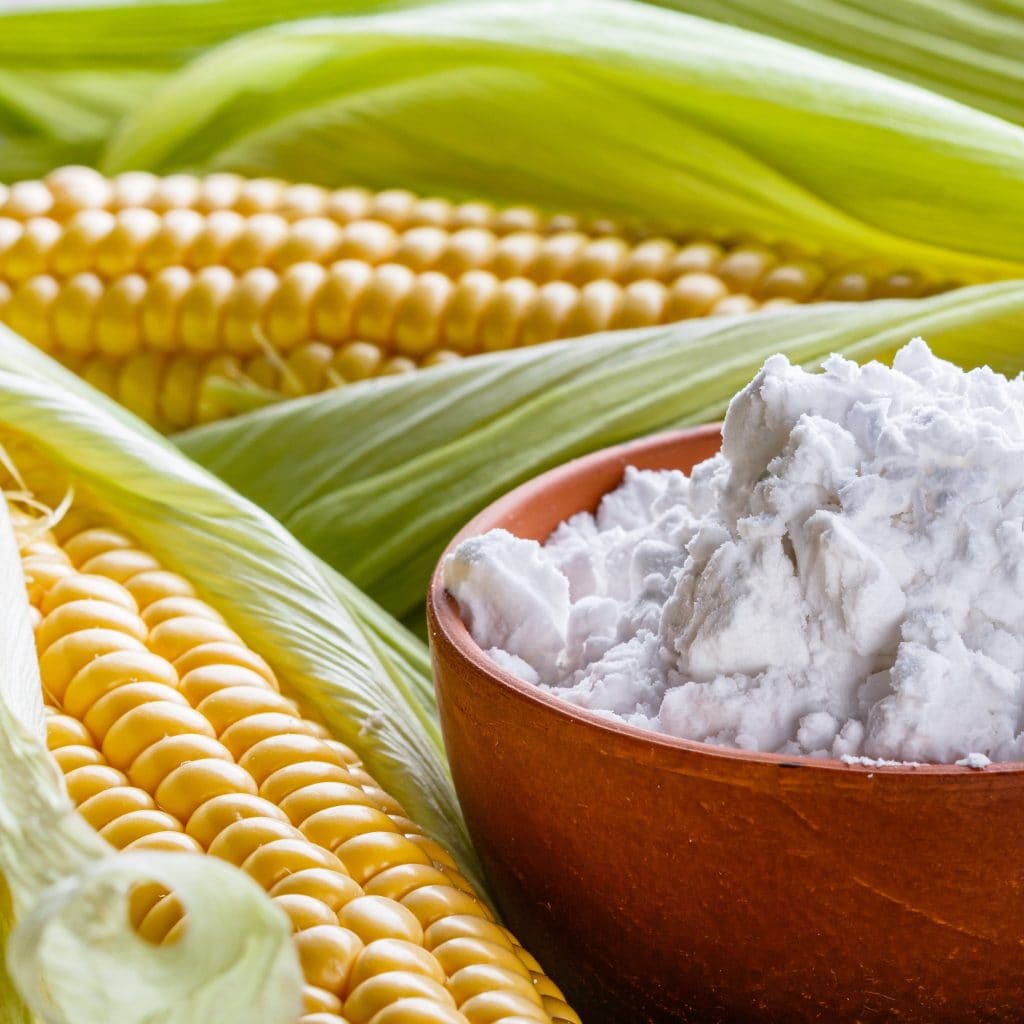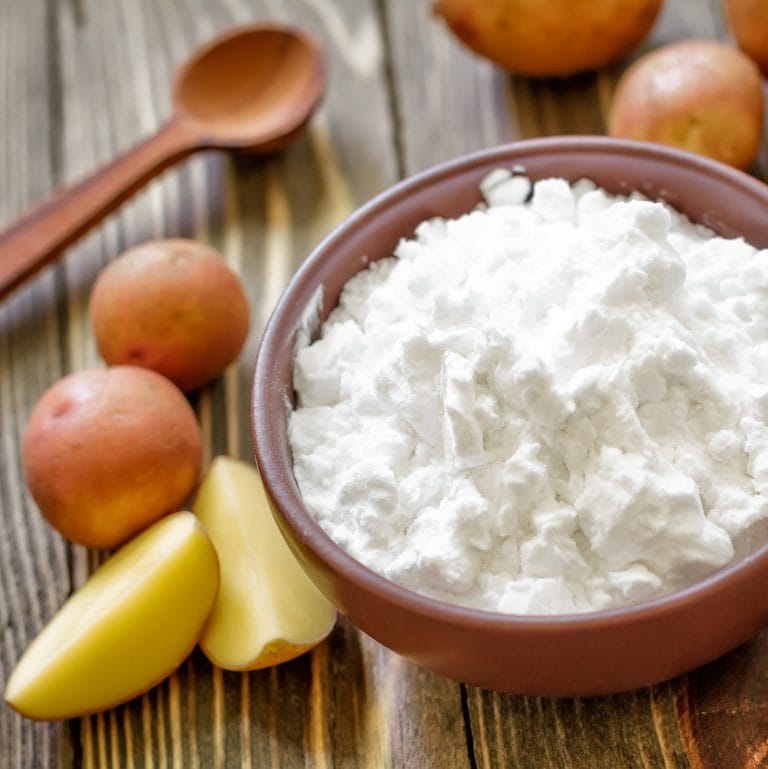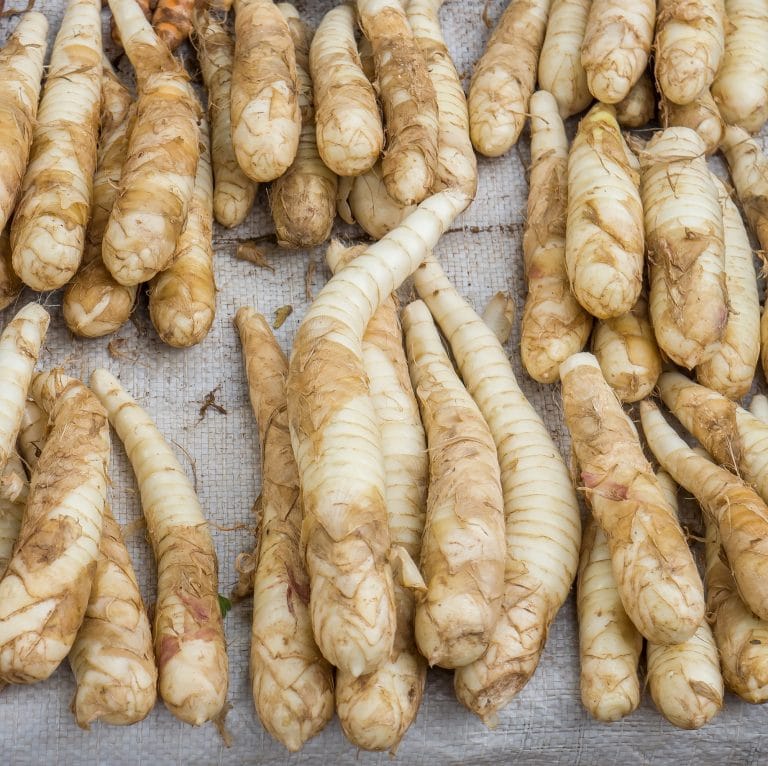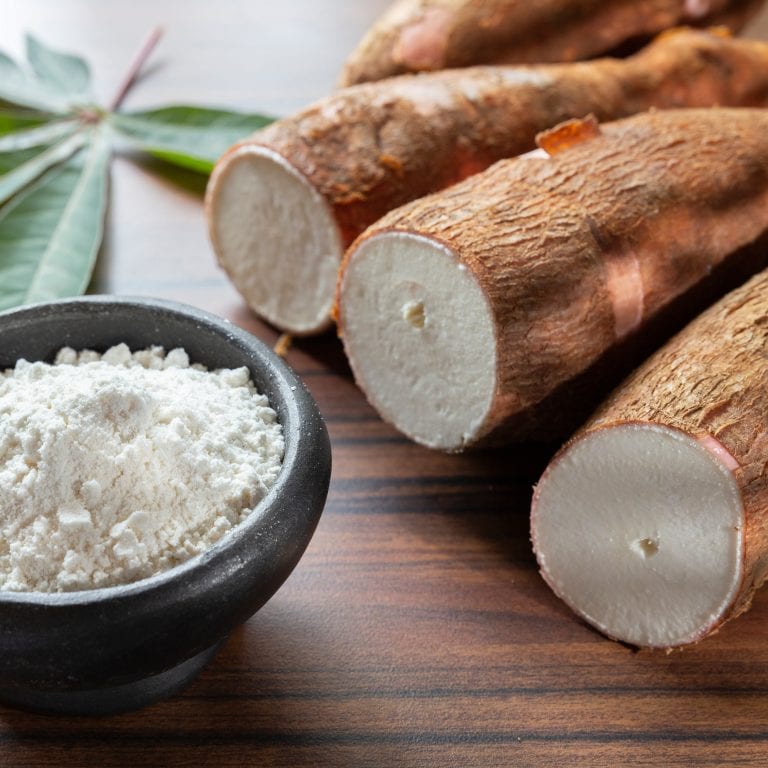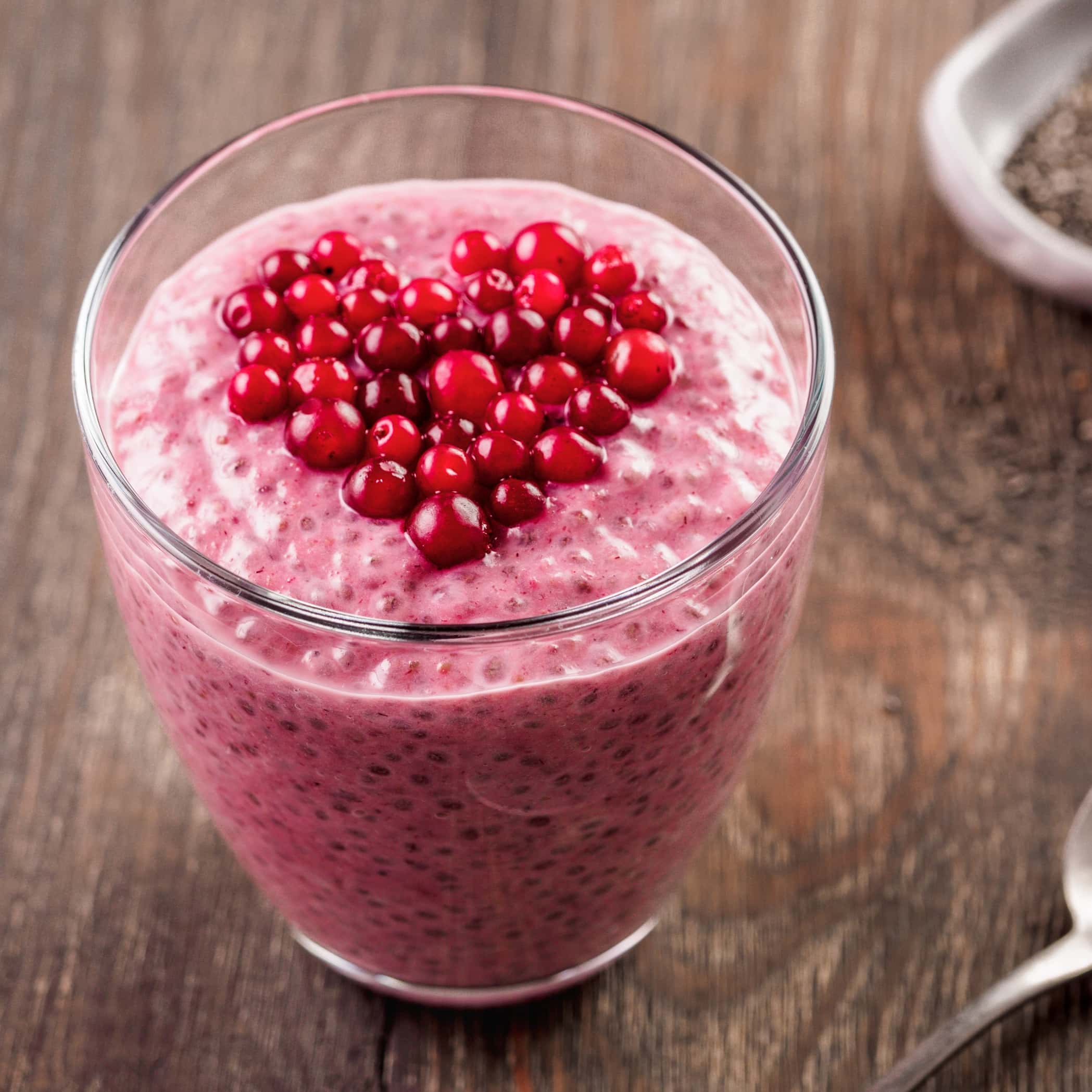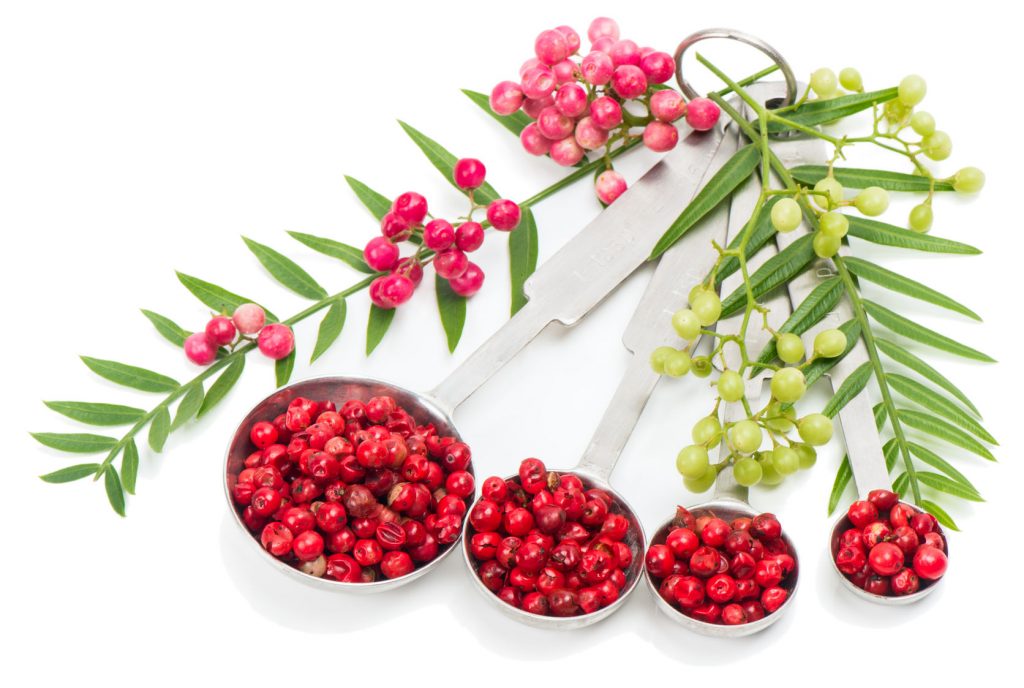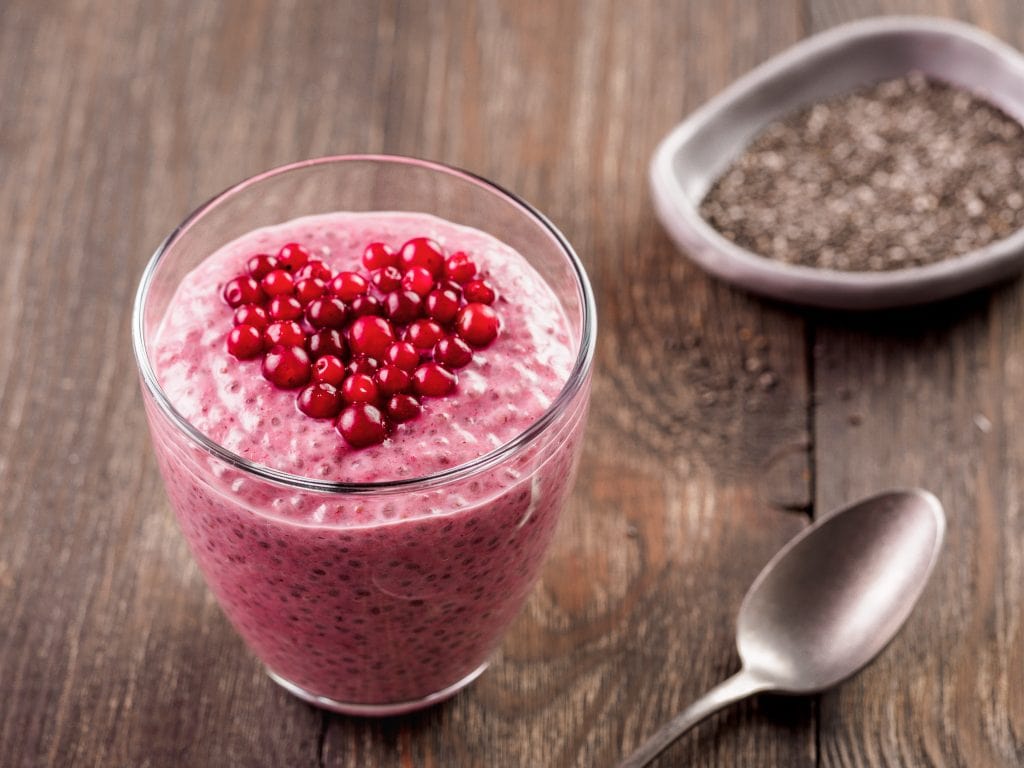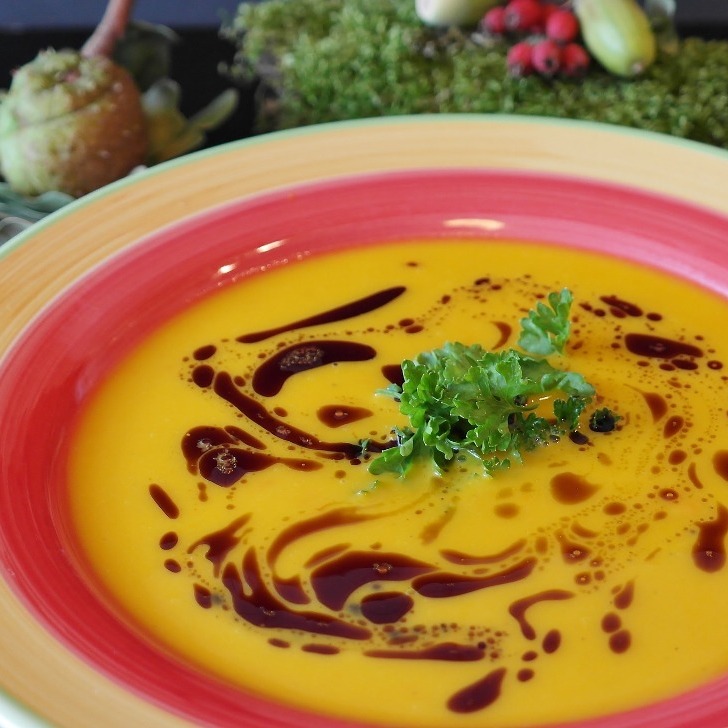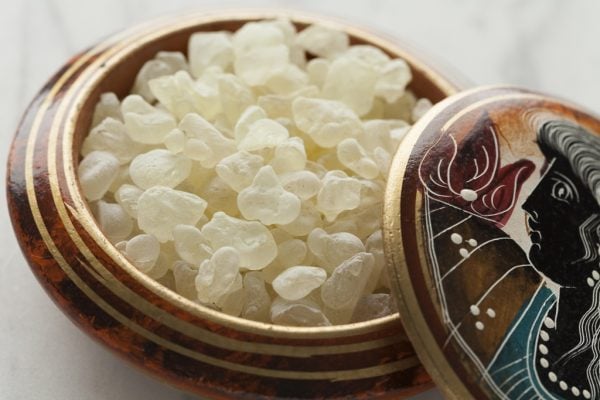
No Tears Left?
Unique Mastic Tears
If a spice deserves to be labeled “unique” it is mastic, also called mastiha. There is only one place in the world where it is produced, on Chios, a small island in the Mediterranean Sea. The rarity and complex production are reflected in a price much higher than most spices.
The Mastic Tears Culinary Spice Kit includes the following spices:
- Small Mastic Tears
- Green cardamom pods (organic)
In case you get hooked on this distinctive spice, your “PEPPER” rewards secure you an attractive offer in our online store.
Share this post:
The Tears of Chios
The Mastiha tree grows in other parts of Greece and the Mediterranean, but it only “cries” in Chios, as the locals sometimes call the slitting-tearing process the tree must undergo in order to produce its resinous spice.

Mastiha is produced in 24 specific Mastiha Villages, Mastihohoria, in the southern, coastal area of Chios, Greece.

Cooking With Mastic Tears
Cooking with mastic tears is very special. Before you start, smell the flavor. How do you like it?
Mastic is a precious, extremely versatile spice that enhances just about every dish. It has a distinctive flavor, fresh and slightly pine-like. A small amount goes a long way. Too much can leave a bitter aftertaste.
Give your favorite dinner dish a new flavor, follow one of our starter recipes, or find your favorite recipe on our website. Important! Decide first how you prefer to use the included Mastic Tears pouch, as a flavored oil or ground powder. Both ways need different preparations.
Choose one of these two preparations for your Mastic Tears and find recipes below:
- Mastic infused olive oil (see recipe below)
- Grind Mastic Tears (see recipe below)
Mastic Infused Olive Oil
SpiceBreezeIngredients
- 5 tbsp olive oil
- 1 tsp small mastic tears
Instructions
- In a small POT, heat olive oil over low heat.
- Add all mastic tears and stir over low heat until they are dissolved.
- Pour oil into a glass container and let cool.
- It keeps fresh in a cool, dark place.
- Always stir or shake oil before using it.
Mastic Recipe Inspirations for Mastic Infused Olive Oil:
- Drizzle 1-2 tbsp mastic oil over salads, vegetables, or feta. Find the recipe for Halloumi Salad below.
- Reheat cooked broccoli or another firm vegetable in 1 tbsp mastic oil and garlic. Serve as a side.
- Roasted Pepper, Mastiha and Goat Cheese Spread – recipe
- Warm Spinach-Orange Salad with Mastiha Scented Olive Oil – recipe (the recipe refers to 1/3 tbsp mastic infused olive oil)
- Warm Vegetable Taboule Seasoned with Chios Mastiha – recipe
Grind Mastic Tears
SpiceBreezeIngredients
- 1 tsp small mastic tears
Instructions
Freeze
- Place pouch with mastic tears for 1 hour in the freezer.
Grind with mortar and pestle
- Grind with a mortar and pestle half or all mastic tears with 1 tsp salt or sugar, depending on your recipe. For sweet recipes use 1 tsp sugar, for savory recipes 1 tsp salt.
Grind without mortar and pestle
- Place mastic tears on a flat surface.
- Cover mastic tears with a large piece of plastic wrap.
- Roll over the plastic wrap with a baking pin until all mastic tears are pulverized.
Mastic Recipe Inspirations for Ground Mastic:
- In a PAN, fry cardamom 1 minute in 2 tbsp oil. Add ground meat and/or small vegetables. Season with salt, pepper, and ground mastic to taste. Fry until done.
- Savory rice porridge (see recipe below).
- Spaghetti with Fresh Mastiha-Tomato Sauce and Bocconcini – recipe
- Greek Fries with Homemade Mastiha Scented Ketchup – recipe
- Plum and Purslane Salad with Mastiha-Lemon Vinaigrette – recipe
- Orange Chicken with Cinnamon, Ginger and Mastiha – recipe (make half of the recipe for 4 servings)
- Asparagus Sautéed with Mastiha-Butter. Optional: Double all ingredients, except the asparagus, and add 1 lb shrimps. – recipe
- Skilled-Seared Lamb Chops Rubbed with Mastiha – recipe
- Greek cake recipes with ground mastic tears (see recipes below).
- Orange Poached Pears Dipped in Dark Chocolate and Mastiha – recipe (make half of the recipe for 5 desserts).
- Greek rice pudding (see recipe below).
Rizogalo Rice Pudding
SpiceBreezeIngredients
Shopping list
- 1/2 cup rice rinsed with cold water
- 1/2 cup milk
- 1/4 cup sugar use less or more to taste
- 1/2-1 tsp small mastic tears ground
Optional
- 1 stick stick cinnamon or cinnamon powder
- 3 pods cardamom
Instructions
- 1/2 cup rice, rinsed with cold water
- 1/2 cup milk
- 1/4 cup sugar (use less or more to taste)
- 1/2-1 tsp mastic (ground)
- Optional:
- 1 stick cinnamon or cinnamon powder
- 3 pods cardamom
- In a POT, add rice and 1 cup cold water with a pinch of salt.
- Optional: Add cinnamon and/ or cardamom.
- Cover. Bring to boil.
- Turn heat to low and cook for 15-30 minutes until the rice is cooked. The time depends on the type of rice.
- Add milk and sugar. Mix well.
- Stir in ground mastic. Start with 1/2 tsp. Add more to your taste.
- Cover. Bring to boil.
- Turn heat to low and cook for about 5 minutes, until the rice thickens.
- Fill rice pudding in 3-4 dessert dishes.
- Let cool for 30 minutes.
- Let cool in the fridge for 1 hour.
- Enjoy!
Halloumi Salad
SpiceBreezeIngredients
Salad Base
- 1 Frisee lettuce or your lettuce of choice
Soft Ingredients
- 1-2 oranges
- 8 oz cherry tomatoes halved
Protein
- 2 Halloumi cheese or firm mozzarella or firm tofu about 8 oz each
- oil
Salad Dressing
- 1 tbsp mastic olive oil [1] see notes for recipe
- 1 orange for juice
- salt & pepper
Suggested Side
- 1 baguette sliced
Instructions
Prepare Oranges
- Peel the oranges.
- With a sharp knife, remove the peel and white pith from the sections.
Mix Dressing
- In a BOWL, mix mastic olive oil [1] with 1 tbsp orange juice and salt and pepper to taste.
Fry Halloumi
- Cut halloumi into thin slices (8 slices per package).
- In a PAN, heat 2 tbsp oil over medium heat.
- Fry halloumi slices for about 2 minutes until they turn golden on both sides and start slightly to melt.
Assemble
- Distribute lettuce on plates.
- Place cherry tomatoes and orange sections on lettuce.
- Drizzle with vinaigrette.
- Place halloumi slices on top.
- Optionally, serve with warm baguette slices.
- Enjoy!
Notes
Savory Rice Porridge
SpiceBreezeIngredients
- 1 lb grilled meat and/or grilled vegetables
- 2 cups rice
- 4 cups broth
- 4 tbsp butter
- 1 lemon for juice
- 1 tbsp parsley chopped
- 4 tomato/es chopped
- 1 clove garlic grated
- green cardamom pods
- 1/2-1 tsp ground mastic
- salt
Instructions
Rice
- In a POT, add rice, broth, cardamom and salt to taste.
- Cover. Bring to boil. Turn heat to low. Cook until rice is done.
- Optional: Add 1/2 cup milk and cook about 5 minutes until the rice thickens
- Take cardamom out.
Mastic Butter
- In a small POT, melt butter with ground mastic to taste over low heat.
Serve
- Drizzle butter over plated rice.
- Serve with grilled meat and/or veggies.
- Add a tomato salad seasoned with 1 tbsp lemon juice, fresh parsley, and garlic. No oil.
Orange Semolina Cake
SpiceBreezeIngredients
Shopping list for the batter
- 1.5 cup semolina
- 0.5 cup sugar use to taste: up to 0.25less or more
- 2 tsp baking soda
- 0.25-0.5 tsp ground small mastic tears
- 1.5 cup yogurt
- 0.5 c milk
- 1 tbsp lemon juice
Shopping list for the syrup
- 0.75 cup sugar use to taste: 0.25less or up to 0.75more
- 1 cup orange juice
- 3 green cardamom pods optional
- 1 stick cinnamon optional
Shopping list for garnish (optional)
- 1 orange halved and sliced
- 0.5 cup powdered sugar
- 1 cup ice cream vanilla or orange flavor
Instructions
Syrup
- In a small POT, add bring 0.5 cup of water to boil.
- Stir in sugar until dissolved.
- Optional: Add cardamom or cinnamon.
- Mix in orange juice. Return to a boil.
- Turn heat to low and cook slowly for about 10 minutes. The syrup shall have thickened but still be runny.
- Remove and let cool.
Batter
- In a BOWL, mix semolina with sugar, baking soda, and mastic.
- Add yogurt, milk, and lemon juice.
- With an ELECTRIC MIXER, beat until the batter is creamy.
Bake
- Preheat OVEN to 350°F.
- Spread a thinly layer of butter onto a BAKING PAN.
- Pour the batter into the BAKING PAN.
- Bake for about 1 to 1.5 hours until its baked and lightly golden.
- If the top turns brown before it fully baked, cover the pan with aluminum foil for the remaining baking time.
- Take the BAKING PAN out.
- Pour syrup over hot cake.
- Let cool.
Serve
- Sprinkle cake with powdered sugar.
- Serve cake with orange slices and/or ice cream.
Notes
- Portokalopita - Yogurt-orange-cake with phyllo dough
- Ravani - Greek cake with eggs and flour and coconut
- Galatopita - Greek custard pie with semolina
- Yiaourtopita - Greek yogurt cake with eggs and flour



